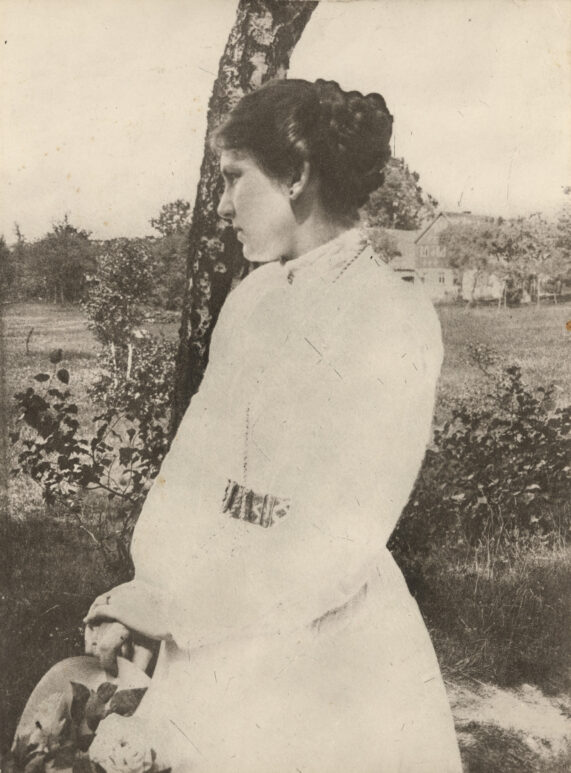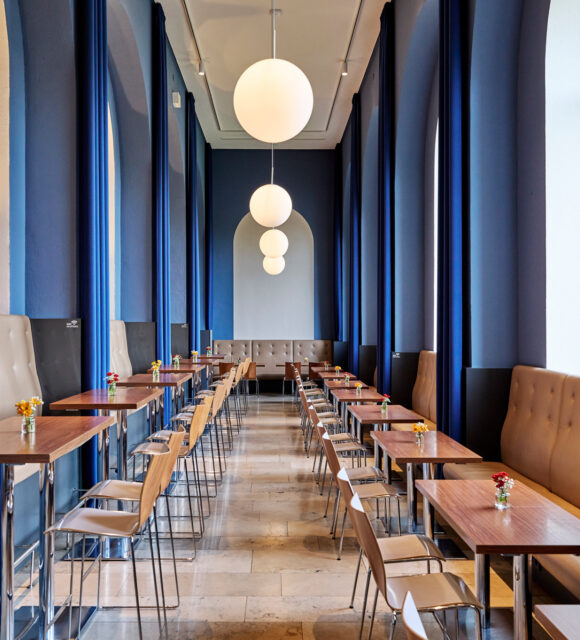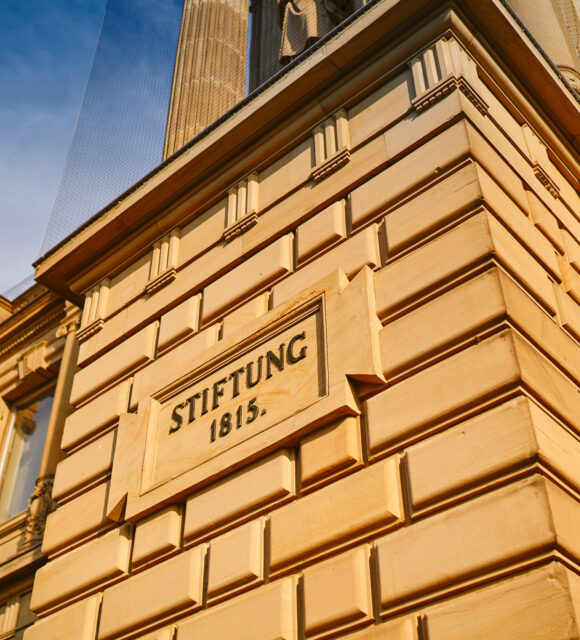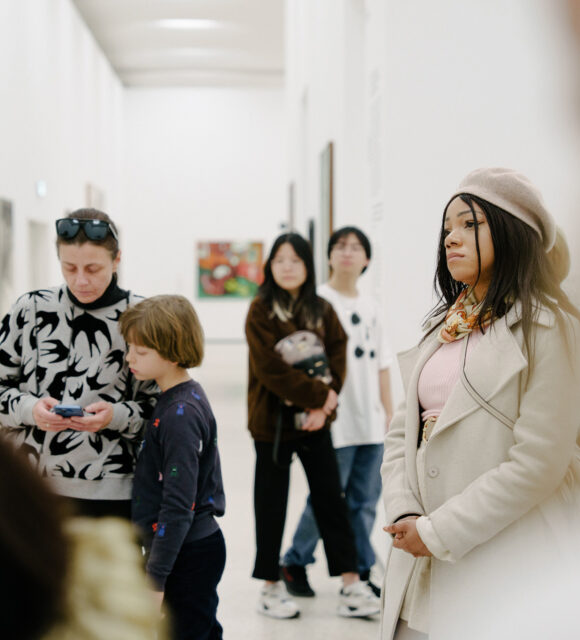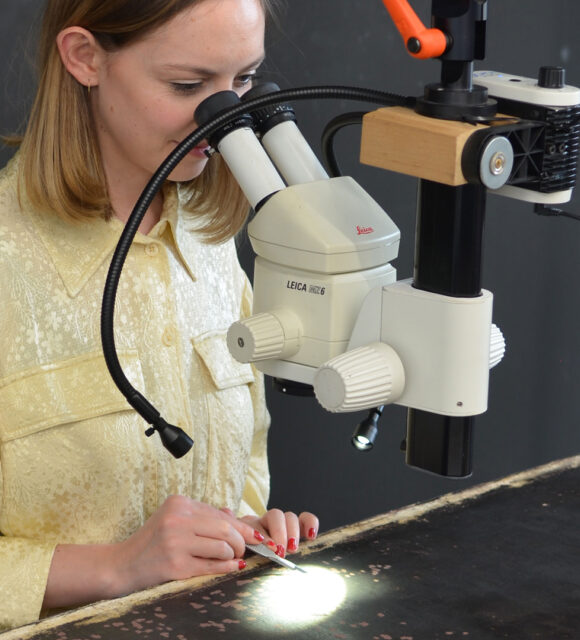About the Presentation
Hugo Erfurth was one of Germany’s most important portrait photographers during the Weimar Republic. Especially in artists’ circles he was highly appreciated for the sensitive portrayals in which he captured the model’s unique characteristics.
Rather than elaborate studio settings with props, Erfurth showed his subjects before simple backgrounds. Through reduction to the essentials, the photograph was literally to mirror something of the person’s essence.
In the 1920s, Erfurth’s prominent portrait subjects, among them Käthe Kollwitz, Lovis Corinth and Gertrud Leistikow, still came from the realm of culture and theatre. Following the National Socialist accession to power, these artists and many others were systematically ostracized, defamed and persecuted. In order to make a living, Erfurth now increasingly sought the support of well-known figures in the areas of science, industry and politics—persons who continued their careers under the conditions of the Nazi regime and, in part, aligned themselves with its structures. Examples are Max Planck, who remained in the Nazi state despite his critical stance, and the surgeon Hans von Haberer-Kremshohenstein.
As a way of underscoring the rarity of his photographs, Erfurth used elaborate fine-printing techniques that lent them particular depth. They already fetched high prices during his lifetime. He pursued the aim of remaining “true, clear and true to life” in his artistic work, regardless of the political contexts to which his models belonged.
Curator
Dr Kristina Lemke (Head of Photography, Städel Museum)
